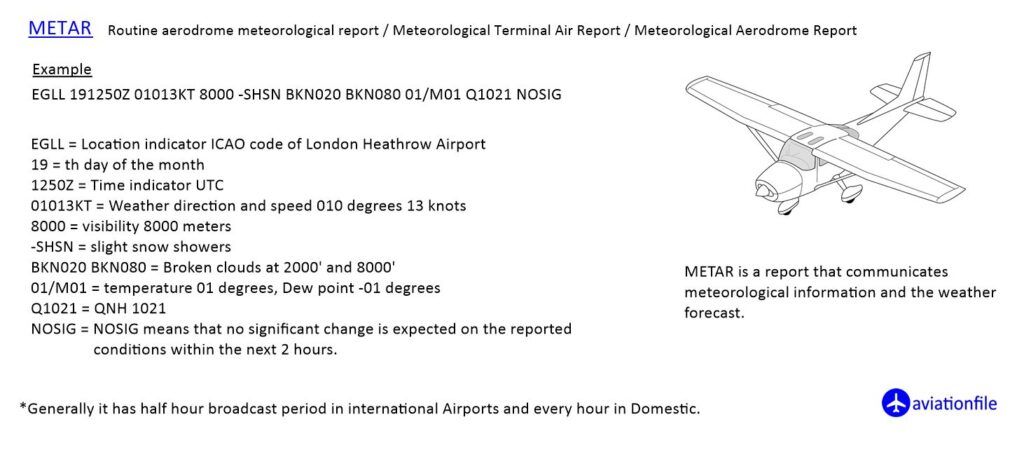The Capricious Nature of Wind Gusting
Wind gusting is a common term in aviation and meteorology, referring to sudden, brief increases in wind speed. These unpredictable bursts of wind can vary in duration and intensity, significantly impacting various aspects of flight and aviation operations. Pilots, air traffic controllers, and meteorologists must closely monitor and manage wind gusts to ensure safe and efficient flight paths. The effects of wind gusts are not limited to takeoff and landing; they also influence in-flight stability, fuel consumption, and overall flight safety. Understanding and predicting wind gusts are crucial for optimizing flight schedules, improving aircraft performance, and enhancing passenger comfort. Consequently, wind gusting remains a critical focus in aviation weather forecasting and operational planning.
Understanding Wind Gusting
Wind gusts are typically short-lived, lasting only a few seconds. They are caused by atmospheric turbulence, which can result from several factors including:
- Thermal activity: Sun heats the ground unevenly, causing air to rise and create turbulence.
- Frontal boundaries: Weather fronts bring changes in air pressure and temperature, leading to gusts.
- Obstructions: Buildings, trees, and terrain can disrupt the smooth flow of wind, creating gusty conditions.
Impact on Aviation
Wind gusting can significantly impact flight operations. Here are some key effects:
Takeoff and Landing Challenges
- Critical Phases of Flight: Takeoff and landing are particularly vulnerable to sudden gusts because the aircraft is close to the ground and at lower speeds.
- Pilot Adjustments: Pilots must be prepared to make rapid and precise adjustments to the throttle, ailerons, and rudder to maintain control and ensure a safe ascent or descent.
- Runway Alignment: Strong gusts can push the aircraft off its intended path, requiring continuous corrections to stay aligned with the runway centerline.
Aircraft Control
- Altitude Fluctuations: Sudden gusts can cause significant and abrupt changes in altitude, which can be challenging to manage, especially in turbulent weather conditions.
- Heading Variations: Changes in wind direction and speed can affect the aircraft’s heading, requiring constant vigilance and quick corrective actions by the flight crew to maintain the planned course.
- Stability Management: Maintaining stability during flight becomes more complex, as pilots must anticipate and react to unpredictable wind patterns.
Passenger Comfort
- Turbulence: Sudden gusts often lead to turbulence, creating a bumpy and uncomfortable ride for passengers. This can range from mild to severe, depending on the intensity of the gusts.
- Motion Sickness: Increased turbulence can contribute to motion sickness among passengers, necessitating the use of seat belts and possibly resulting in an increase in airsickness incidents.
- Passenger Anxiety: Frequent and intense turbulence can cause anxiety and discomfort among passengers, potentially impacting their overall travel experience.

Measuring Wind Gusts
Anemometers measure wind gusts. These devices record the peak wind speed over a short period. In aviation, gusts are reported in METARs (Meteorological Aerodrome Reports) and TAFs (Terminal Aerodrome Forecasts). These reports help pilots and air traffic controllers make informed decisions.
A METAR example and its Explanation
METAR KJFK 111651Z 18012G20KT 10SM FEW020 SCT050 BKN100 28/18 A2992 RMK AO2 SLP132 T02780178
- KJFK: The ICAO identifier for John F. Kennedy International Airport.
- 111651Z: The day of the month (11th) and time of the observation (1651 Zulu or UTC).
- 18012G20KT: Wind from 180 degrees at 12 knots, gusting to 20 knots.
- 10SM: Visibility is 10 statute miles.
- FEW020: Few clouds at 2,000 feet above ground level.
- SCT050: Scattered clouds at 5,000 feet above ground level.
- BKN100: Broken clouds at 10,000 feet above ground level.
- 28/18: Temperature is 28°C, dew point is 18°C.
- A2992: Altimeter setting is 29.92 inches of mercury.
- RMK AO2: Remarks section, indicating an automated weather station with a precipitation sensor.
- SLP132: Sea-level pressure is 1013.2 hPa.
- T02780178: Temperature and dew point in tenths of degrees Celsius (28.0°C and 17.8°C).
Managing Wind Gusts in Aviation
Pilots and air traffic controllers use various strategies to manage the effects of wind gusts:
- Pre-flight Planning: Checking weather reports and forecasts for gusty conditions.
- Real-time Monitoring: Using onboard instruments and air traffic control updates to stay aware of current conditions.
- Pilot Training: Regular training on handling gusty conditions during takeoff, landing, and in-flight.
Conclusion
Wind gusting is a critical factor in aviation safety and operations. Understanding its causes, effects, and management strategies is essential for pilots, air traffic controllers, and aviation professionals.

References and Further Reading
- Federal Aviation Administration (FAA) – Wind Shear
- National Weather Service (NWS) – Wind Gusts
- ICAO – Wind Gusts and Aircraft Performance
- Skybrary – Wind
By understanding wind gusting, aviation professionals can better prepare and respond to this common weather phenomenon, ensuring safer and smoother operations.


